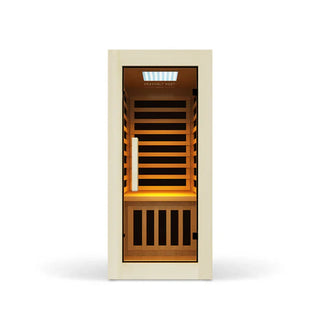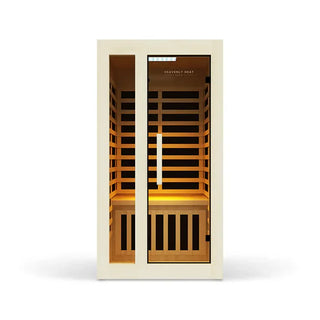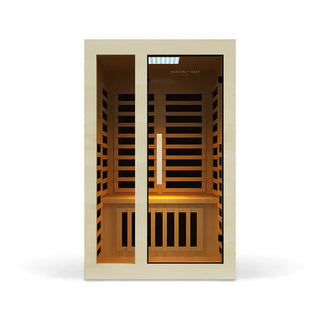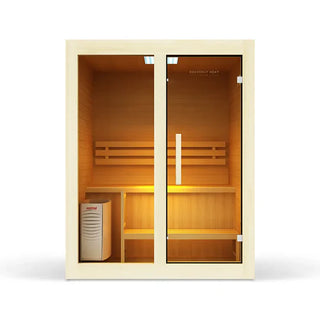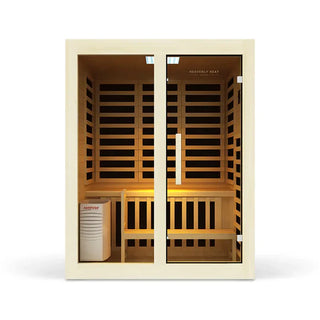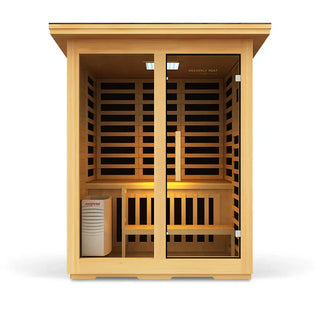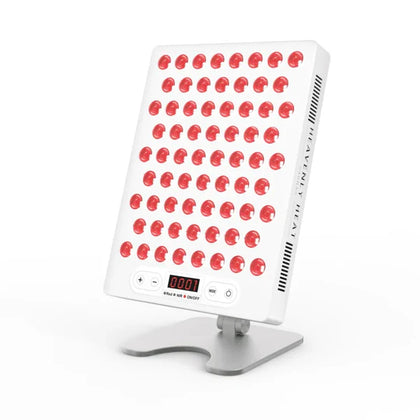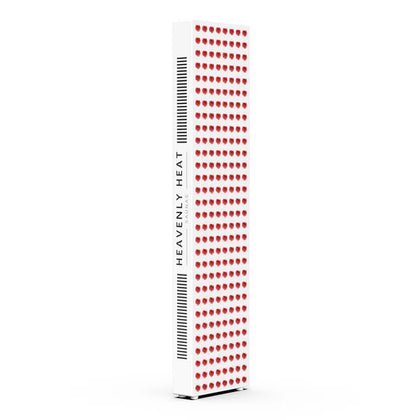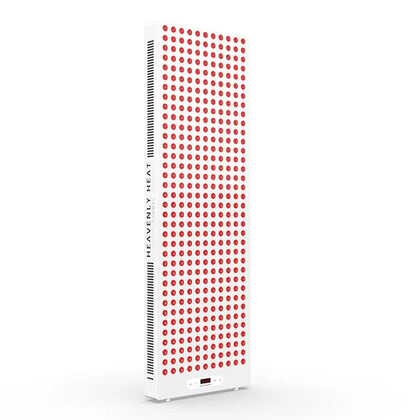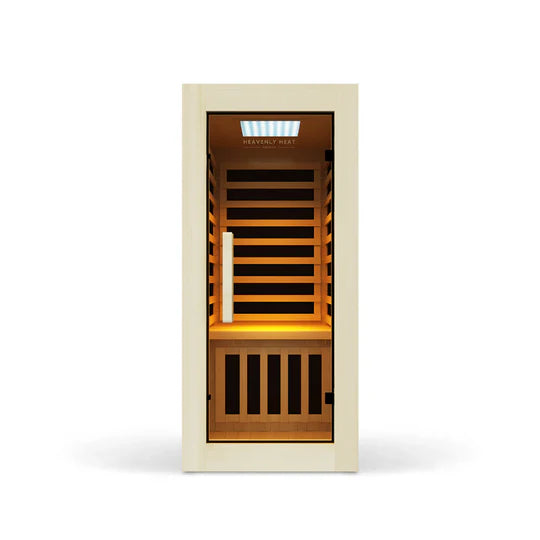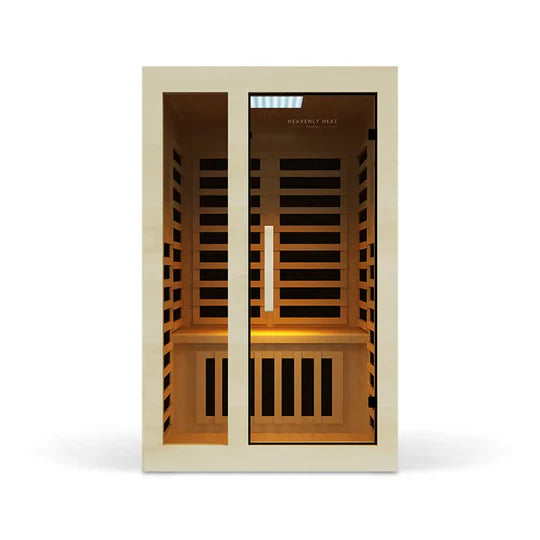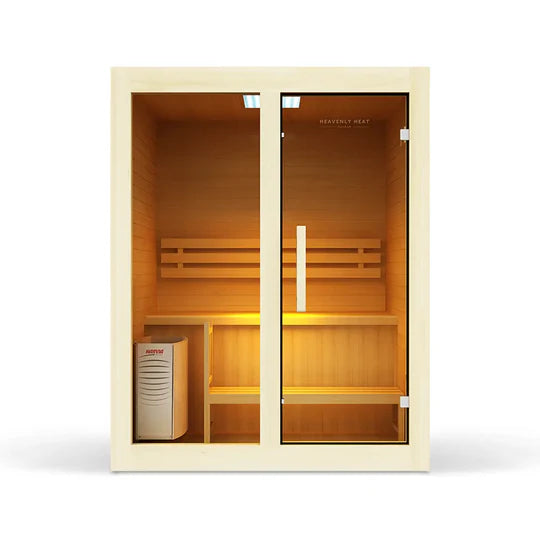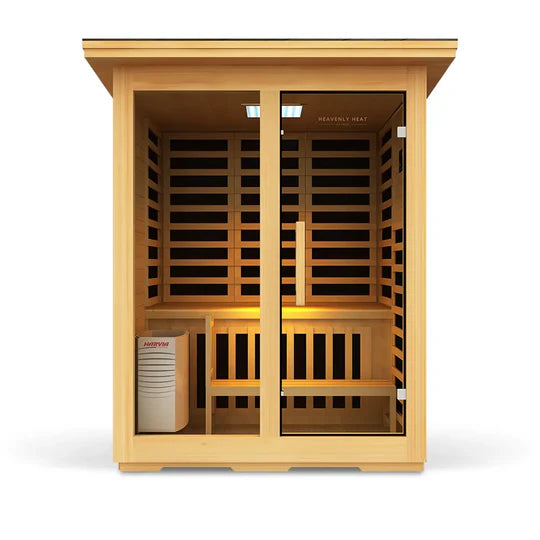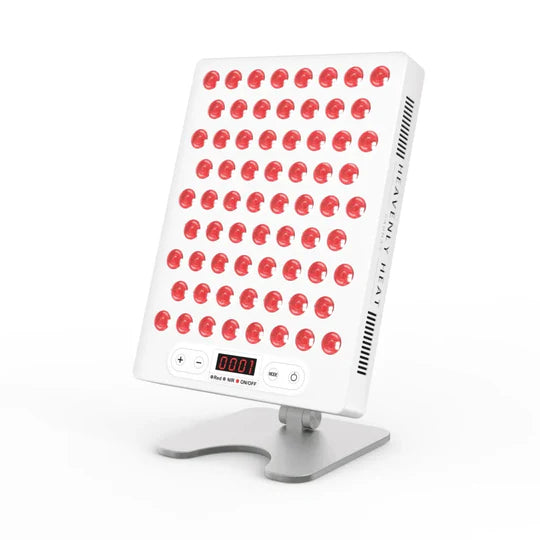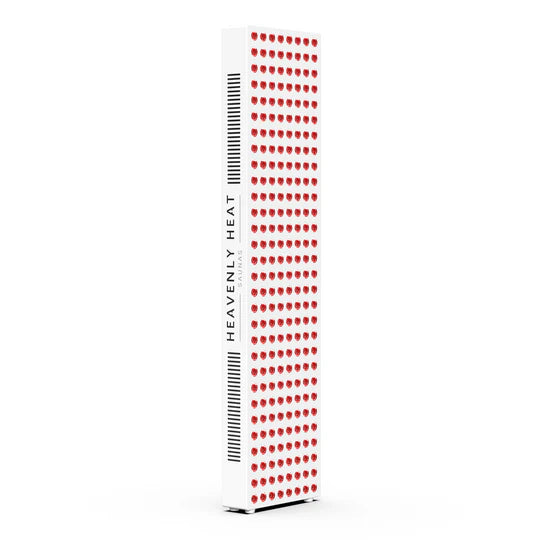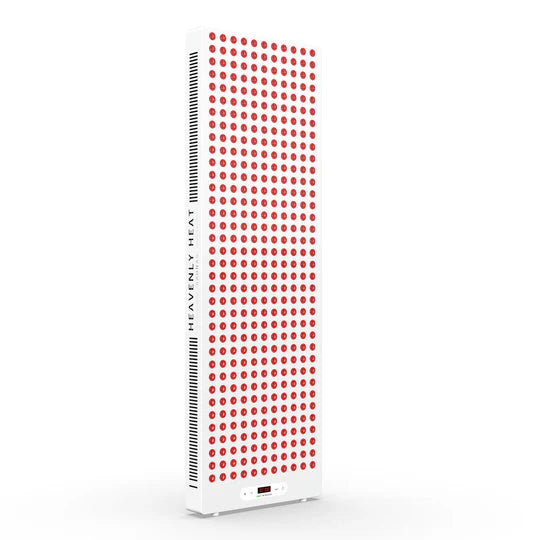How often should you do red light therapy?

Red light therapy offers numerous benefits, including improved skin health, reduced inflammation, and faster muscle recovery.
But how often should you do red light therapy for optimal results? In this article, you’ll learn about key factors to consider, how long each session should last, and tips to help you decide the best frequency for your red light therapy routine.
Key Takeaways
- You should aim for 3-6 sessions of red light therapy per week for optimal results.
- Morning is the best time to use red light therapy to align with your body’s natural rhythm.
- Adjust your therapy frequency based on your skin sensitivity and specific treatment goals.
- Always wear protective eyewear and follow your device’s instructions for safe use.

How often should you do red light therapy?
-
Right Frequency Is Crucial for Results: Using red light therapy too much can harm your skin or eyes, while using it too little won’t give you the full benefits. Knowing the right frequency helps you avoid both.
-
3-6 Sessions Per Week Is Ideal: A typical red light therapy schedule includes 3-6 sessions per week. The exact number depends on your skin type, the device you use, and your goals.
-
Start with Shorter Sessions and Increase Gradually: Start with 10-20 minute sessions to allow your skin to adjust. As you get used to it, you can increase the duration of each session to get better results.
- Consult a Doctor for Personalized Advice: If you’re unsure about how often to do red light therapy, ask a doctor for advice based on your skin and health needs.
What Time Of Day Is Best To Use Red Light therapy?
- Morning Sessions Are Ideal for Boosting Energy: Using red light therapy in the morning aligns with your body’s natural rhythm. Research by Robert D. Levitan (2005) shows that sessions before 8 AM give the best results, boosting your energy and well-being throughout the day.
- Evening Use Can Help with Sleep and Muscle Recovery: For those struggling with delayed sleep phase disorder, using red light therapy in the evening can help reset your internal clock, making it easier to sleep at a regular time. Evening sessions also support muscle recovery, preventing soreness and damage after exercise.
- Timing Is Key for Maximum Benefits: To get the most out of red light therapy, it's important to use it at the right time. Morning sessions help set your internal clock, while evening use aids with sleep and muscle recovery, ensuring a well-rounded therapeutic effect.

Factors To Consider When Deciding How Often To Use A red light therapy
Less frequent red light therapy is best for individuals with sensitive skin.
Red light therapy is usually safe for your skin, but if you have sensitive skin, you should take extra precautions.
Start with fewer sessions and keep them shorter. A good approach is to begin with 2–3 sessions each week, lasting about 10–15 minutes.
Pay close attention to how your skin reacts, and adjust the frequency or duration of your sessions if you notice any irritation.
Adjust your red light therapy based on sensitive areas.
How often you use red light therapy depends on the area you’re treating, especially sensitive spots like your face.
A study found that 77.3% of people with sensitive skin report issues on their face, particularly around the nose and mouth.
Your red light therapy sessions vary based on your goals.
- General Wellness Requires Fewer Sessions: If you’re using red light therapy for general wellness, like increasing energy or improving skin, a few sessions a week might be enough.
- More Frequent Use for Injury Recovery or Pain Relief: For specific issues, like healing an injury or reducing inflammation, you may need to use it more often, even daily. Some protocols recommend this frequency for significant pain relief or injury recovery.
- Adjust Frequency Based on Your Goal: The number of sessions depends on your goal. For example, reducing wrinkles might need a couple of sessions per week, while treating muscle recovery may require more frequent use.
Session length affects how often you use therapy.
- Shorter Sessions Require More Frequent Use: If you opt for shorter sessions (5-10 minutes), you’ll need to use red light therapy more often to see results.
- Longer Sessions Don’t Necessarily Mean More Benefits: Longer sessions (10-20 minutes) won’t give you more benefits once your cells reach their energy limit.
- Finding the Right Balance is Key: Finding the right session length and frequency is essential for achieving the best and safest outcomes.
Safety precautions to follow when using a red light therapy
- Wear Protective Eyewear: Red light therapy is generally safe for your eyes, but it’s recommended to wear eye protection to avoid any potential risks. Some users may experience headaches during or after treatment, and wearing protective goggles can help minimize this.
- Make sure to follow the manufacturer’s instructions: Each red light therapy device comes with its own unique specifications, such as irradiance levels, wavelength ranges, and safety features. Irradiance refers to the intensity of light energy, which helps cells absorb red light and produce more energy, enhancing treatment effectiveness. Wavelength determines how deeply red light can penetrate the skin, helping cells produce more energy. Medical-grade devices are more powerful and precise than at-home options, with trained professionals customizing treatments based on individual needs. Taking the time to understand these details is crucial for ensuring that your treatment is both effective and safe.
- Maintain a Safe Distance: Red light therapy is usually safe, but it’s important to stay at the right distance from the light to avoid skin irritation and get the best results. Aim for a distance of 6 to 12 inches, but this can change depending on how strong the light is. If the light is very strong, you can sit further away. The ideal distance can also vary based on the treatment area and skin tone. For example, sensitive areas like the face may need a slightly greater distance. Also, consider your skin type, if you have sensitive skin or are treating a soft area like your face, you might need to move further away to feel comfortable. For optimal results, maintain a distance of 15 to 30 cm for red light therapy and at least 40 cm for infrared light therapy. It also helps avoid accidental burns if users fall asleep during treatment. Always pay attention to how your body feels!
- If your medications increase sensitivity, avoid red light therapy: Thinking about trying red light therapy? If you’re on medications that make your skin or eyes more sensitive, it’s best to steer clear. Take a moment to look over the details and side effects of your medications to see if they could cause increased sensitivity. If you’re unsure or have any concerns, don’t hesitate to chat with your doctor. They can help you figure out what’s best for you.
- Monitor your skin response during and after therapy: After each session, take a moment to check your skin for any signs of irritation, redness, or discomfort. If you notice any negative reactions, consider reducing the frequency or intensity of your treatments. If you’re uncertain about the reactions you’re experiencing or if the irritation persists, don’t hesitate to consult a professional for guidance.

FAQs
Can the frequency of red light therapy sessions change over time as my skin or condition improves?
As your skin improves, reduce red light therapy sessions. Start with daily sessions for acne or inflammation, then reduce to 3-4 times a week. Once you see progress, space out treatments to weekly or biweekly to maintain results. Adjust frequency based on your skin’s response.
How does age impact how often I should do red light therapy?
As we age, our bodies respond differently to treatments like red light therapy. Older adults may need more frequent sessions due to slower skin and tissue repair. For those over 60, 3-4 sessions per week are recommended. Younger individuals typically need fewer sessions. Red light therapy is effective for all ages when tailored to individual needs.
Is there a difference in recommended frequency between professional and at-home red light therapy devices?
Professional red light therapy devices are more powerful, providing faster results with fewer sessions. At-home devices are less potent and require more frequent use. Stronger light can speed up results but may cause irritation if overused. Follow recommended frequencies for at-home devices to avoid side effects, while professional treatments need less time and fewer sessions.
Does skin pigmentation affect how often I should use red light therapy?
Skin pigmentation affects red light therapy use, as darker skin absorbs light differently. People with darker skin may need shorter sessions to avoid irritation or pigmentation changes. While red light therapy doesn't significantly alter melanin production, it may help with pigmentation issues over time. Those with a history of pigmentation problems should consult a doctor before starting therapy.
